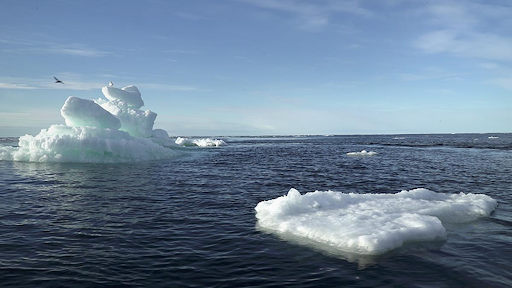




Copyright infringement not intended
Picture Courtesy: https://www.downtoearth.org.in/climate-change/countries-adopt-article-6-at-cop29-after-close-to-a-decade-of-negotiations
Article 6 of the Paris Agreement was adopted at the 29th Conference of Parties (COP29) to the United Nations Framework Convention on Climate Change (UNFCCC) in Baku, Azerbaijan.
Following nine years of negotiations, COP29 successfully adopted Article 6 of the Paris Agreement (2015), which allows countries to cooperate voluntarily to implement their Nationally Determined Contributions (NDCs) through carbon markets.

Developing countries demanded at least $1 trillion per year between 2025 and 2035 to help meet emission targets known as the New Collective Quantified Goal (NCQG).
Developing countries, including China, India, and the Group of 77, have demanded that developed countries bear the majority of climate finance, which includes mitigation, adaptation, and compensation for climate damage. They also advocated for contributions based on historical emissions and per capita GDP.
Developed countries, particularly the European Union, have set a target of $1.3 trillion per year by 2035. This target would be met through "various sources," such as public, private, bilateral, and multilateral contributions. However, there was disagreement about the proportion of grants and loans, with developed countries opposing a predominantly grant-based model.
Scientific assessments predicted a 0.8% increase in emissions in 2023, despite global emissions reduction efforts falling short of expectations. Developing countries highlighted the need for developed countries to shoulder more responsibility for climate finance due to their historical emissions.
The carbon market agreement at COP29 established a supervised UN carbon market aligned with the Article 6 of the Paris Agreement (signed during COP 21 in 2015) to allow countries to trade carbon credits to meet emission targets.
Article 6.2 permits bilateral agreements for carbon trading, while Article 6.4 establishes a global carbon market.

Experts argue that the framework lacks transparency, accountability, and monitoring, and that there are no serious consequences for reporting inconsistencies or failure to follow the framework.
Participating countries are not required to disclose how they avoid double counting or quantify mitigation outcomes, which could result in inaccurate reporting and ineffective emission reductions.
The rules do not adequately prevent the trade of low-quality carbon credits, which has the potential to compromise the carbon markets' environmental integrity.
|
Article 6.4 is not expected to be operational until late 2025 or 2026. Due to delays in finalizing the framework and standards, new carbon credit projects may not be able to register until at least 2026. |
The COP29 conference has made progress in carbon markets mechanism, but significant gaps remain in climate financing, therefore bridging the gap between developed and developing countries is essential for meeting the climate goals and ensuring long term sustainable development.
Must Read Articles:
A BRIEF HISTORY OF THE UNITED NATIONS CLIMATE CHANGE CONFERENCES: COPS 1-28
BONN CLIMATE CHANGE CONFERENCE
Source:
|
PRACTICE QUESTION Q.Critically analyze the challenges and opportunities presented by the global carbon market as outlined in the Paris Agreement. (150 words) |








© 2025 iasgyan. All right reserved